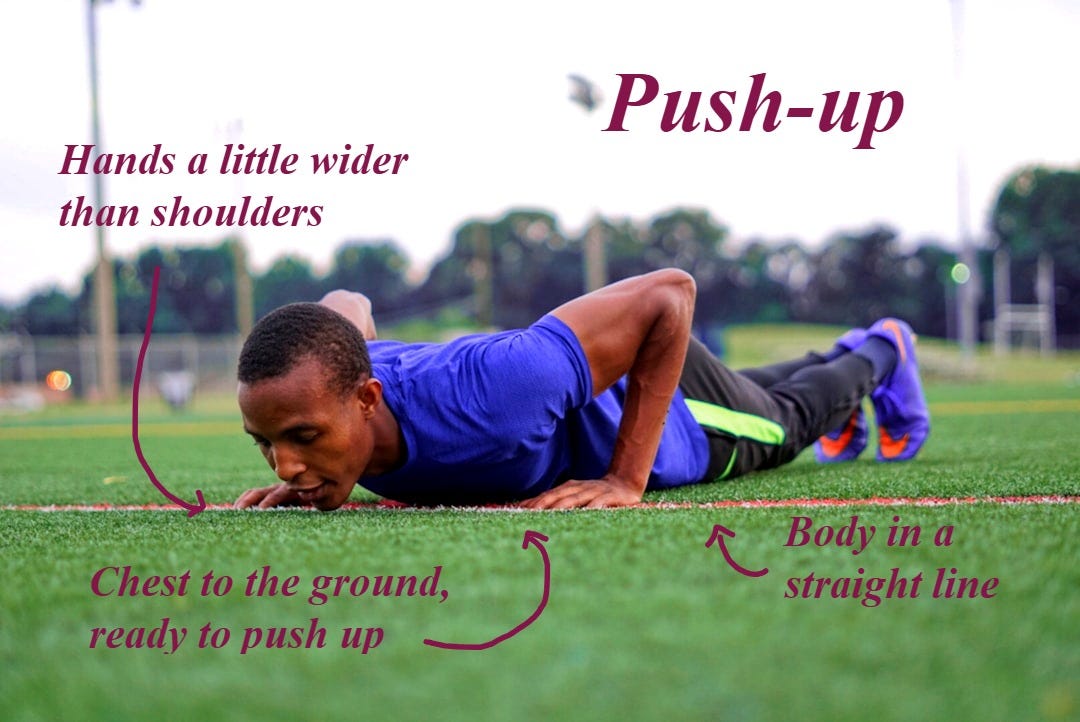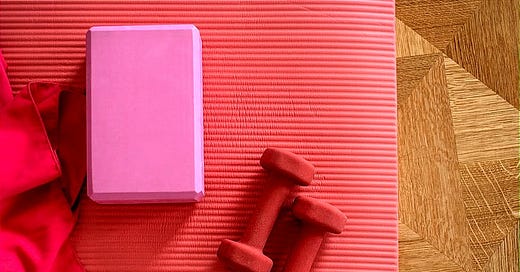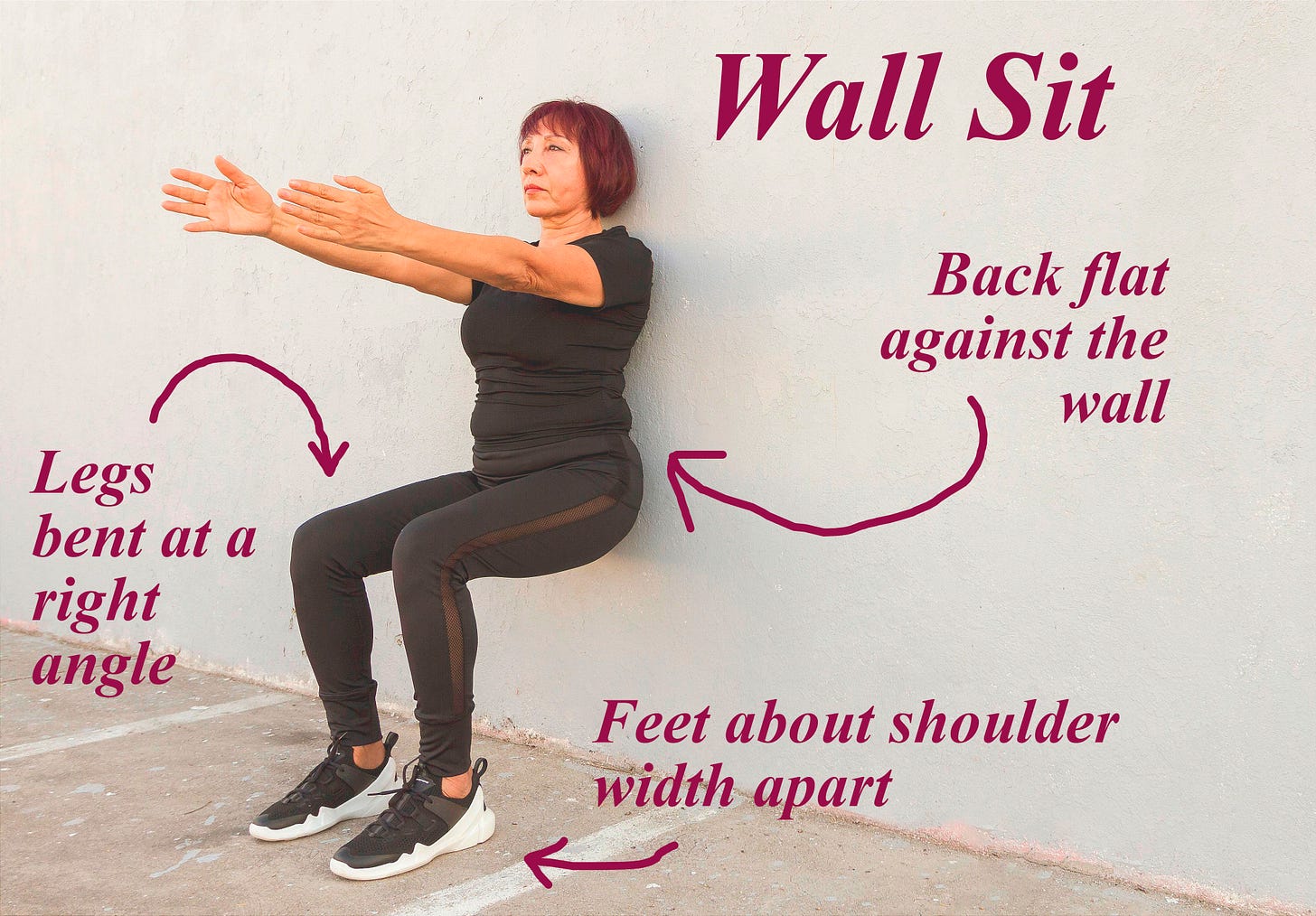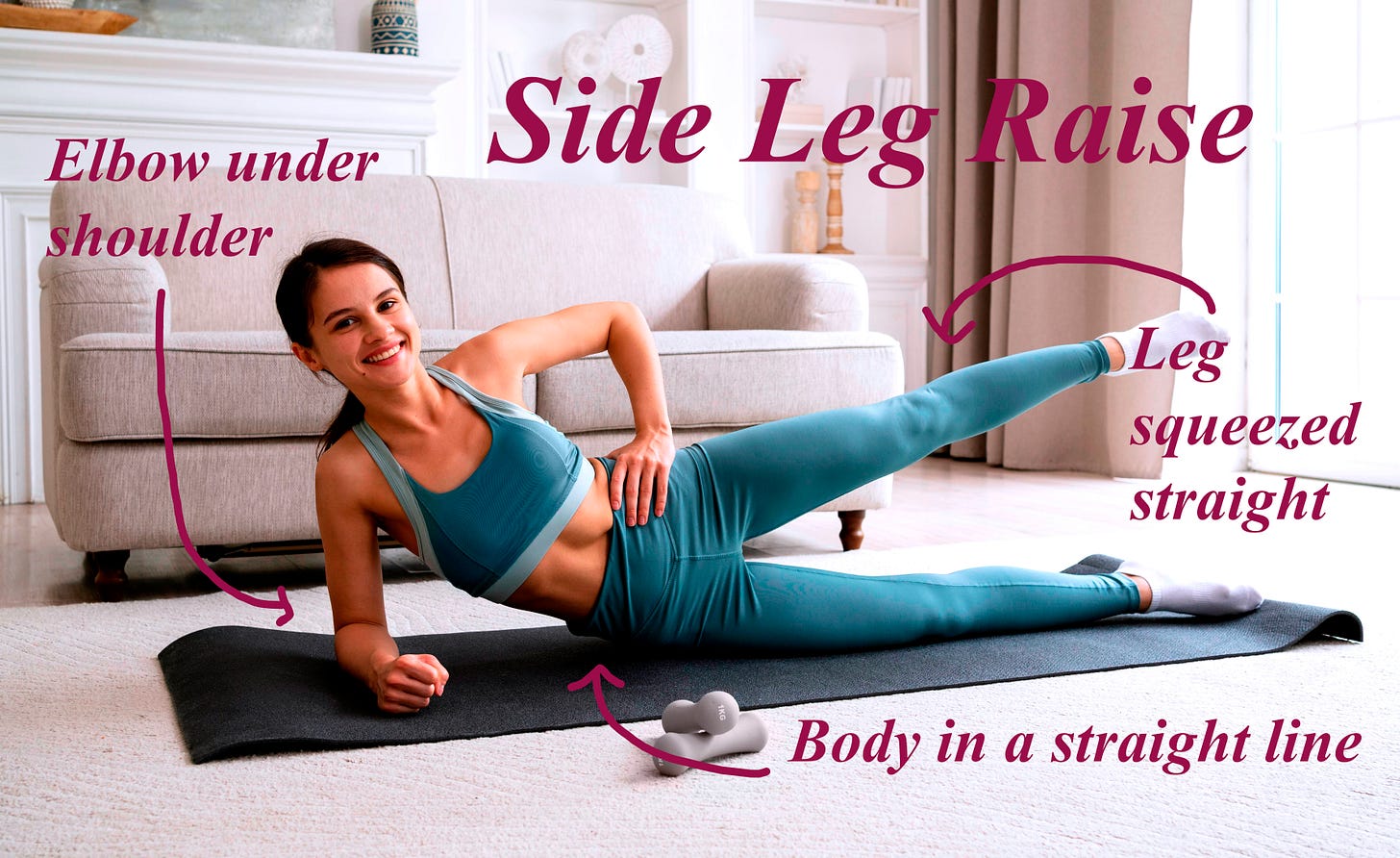Fitness.
It’s an old enemy of mine. Why exercise, after all, when you could be using that time to read a book? Or better yet, write a book?
Except… it turns out, fitness actually is important.
Exercising regularly reduces the risk of chronic diseases, strengthens the heart, strengthens bones and muscles, improves metabolism, and leads to better sleep and energy levels.
And these are only the physical effects of exercise! The mental and emotional effects are just as beneficial, but if I list them all here, there won’t be room for anything else.
Hang on—you might be saying. Does that mean I have to sacrifice my much-loved reading time to go exercise? I don’t even like exercise, you might be saying.
I get it. I don’t like exercising either.
Which is why I’ve found a way to sweeten the deal. A ‘spoonful of sugar’ to ‘help the medicine go down’ as they put it in Mary Poppins.
What if you could read a book while you exercise?
Instantly, the whole ordeal seems more worthwhile, doesn’t it?
That’s why I’ve done some research, and put together a list of five exercises you can do without needing to close your book.
1 - Wall Sits
Wall sits will exercise your quads and glutes (legs and butt muscles), work your core engagement, and help with overall stability and strength. They’re not always fun, but since they mimic a seated position, they’re a great one to do while reading. And all you need is a wall!
How to do a wall sit:
stand about a normal step away from the wall, facing away from it, feet directly under your shoulders—shoulder-width apart—and flat on the ground.
sit back like you’re sitting on a chair, making sure that your back goes flat up against the wall, and your knees stay at roughly the same position they were while standing. If you’re doing this right, your legs will be at a right angle, like the corner of a page. Make sure your whole foot stays flat on the ground.
hold this seated position for as long as you comfortably can. For maximum effect, go until it starts to feel like your legs are burning—yes, even though the burn sucks. It’s good for you.
If you’re not used to this position, you’ll probably be able to hold for a maximum of 30 seconds at a time, and your legs will feel wobbly and/or stiff when you relax again.
But the more you do it, the longer you’ll be able to go for! Yay!
To read, act as though you’re sitting in a chair, and continue.
Note: if the sentences don’t make sense anymore because the muscle burn is interrupting your reading, then you should be good to move back to a normal chair.
2 - Planks

Planks work mainly core muscles (basically stomach and back) and also help for posture and stability. They need even less equipment than the wall sits, too—all you need is a stable floor. A yoga mat is not necessary, but depending how hard your floor is, might be a good idea.
How to do a plank:
begin on your hands and knees on the ground, as if you’re about to crawl.
you can plank on your hands, like in the picture, or if you’re less experienced with planking, you can plank on your forearms by putting your elbows down on the ground. If you’re planking on your hands, try to put your wrists roughly under and in line with your shoulders. If you’re on your forearms, your elbows should be under your shoulders.
lift your knees up in a straight body position, balancing on your toes and either your hands or your forearms. Your back should be one straight line from your neck to your feet, like a plank of wood.
hold this position for as long as you can, remembering to breathe, and making sure that your body stays in a straight line, not lifting up or dropping down.
Like with the wall sits, unless you’re used to planking, you probably won’t be able to hold the plank very long. I recommend timing yourself, so that you can try to beat your own personal best as you go.
To read, put your book down on the ground in front of you. The hardest part of this will probably be turning the pages.
3 - Leg Raises
This is probably my favourite exercise of the five I’ve chose here.
Side leg raises, or side-lying leg lifts, target most of your lower body muscles (legs, hips, core and lower back.) Again, a yoga mat isn’t necessary, but if you find the floor uncomfortable, you might want something to lie on top of.
How do side leg raises:
lie on your side on the floor, or yoga mat. If you don’t have a yoga mat, you can also use a towel or blanket. Try to keep your body in a straight line from your feet to your head—you can bend through the side of your body, but try not to arch your back or hunch through your shoulders, and don’t bend through your hips.
your elbow is your support. Rest your elbow under your shoulder, arm facing forward like in the picture above. (There are other ways to do this, but for the purposes of reading, this is one of chosen to go with.) Put your other arm on your hips, or in front of your waist to help stabilise your body.
keeping your top leg straight, and tensing through your core and glutes (tummy and butt muscles) lift your top leg away from your bottom leg. Go as high as you comfortably can while keeping it in line with your body, not forwards or back. Then drop it back down slowly. This is one repetition (rep.)
do as many reps as you comfortably can while keeping your body strong, doing the same number with the other leg as well.
If you’re struggling with balance in this exercise, it’s fine to bend your bottom leg a little to stabilise yourself.
If you’re not experienced with exercising, or aren’t used to this movement, I would recommend trying to start with three sets of six leg raises per side, working your way up to more reps and sets.
To read, hold a book with your supporting arm. Just be sure not to slouch through your shoulders, and keep your body strong!
4 - Sit-ups

Sit-ups work mainly core muscles, meaning a lot of the muscles in your torso area. They can also help to loosen up your back and hip muscles, and build flexibility in those areas.
Your choice whether or not you use a yoga mat, or some substitute of one. I would recommend a soft surface for sit-ups, since they can be uncomfortable on a hard floor.
How to do sit-ups:
lie flat on your back, with your legs bent and your feet pressing into the ground. Tuck your chin in to your chest to strengthen your neck. Your hands can rest on your thighs, crossed over in a coffin-like position on your shoulders, or on/behind your head. Be sure not to put pressure on your neck.
take a deep breath in, then slowly breathe out as you sit up, bringing your chest up towards your knees. Make sure to keep your feet pressing into the ground.
if your feet are struggling to stay on the ground, you can tuck your toes under something stable, like a couch, or have someone hold your feet for you.
slowly lower yourself back down to the floor.
This exercise is a bit harder to read in than all the others so far.
To read, rest the book on your knees. You’ll have to be okay with interruptions, since there’ll be a lot of up-and-down… but the sooner you get your exercises done, the sooner you can go sit and read properly!
5 - Push-ups

The last of my list here, push-ups are very well known exercises, and can be done virtually anywhere. They work your chest, arms, shoulders, and core muscles.
How to do push-ups:
start similar to your plank position, on your hands: body straight, hands just a little wider than shoulders, toes tucked under your body.
breathe in as you bend your arms and lower yourself to the floor. Make sure to keep your body straight and keep your weight in your arms, not falling down onto the ground as you get close. You don’t want to arch your back, so keep those core muscles engaged.
slowly breathe out as you use your arms and shoulders to push yourself back up to your starting position. That’s one push-up.
If you’re struggling to keep your body strong in a push-up, you can rest your knees on the ground in a variation known as ‘knee push-ups.’ Just make sure you’re still working your arms, not taking all of the exercise onto your legs.
To read, put the book on the ground in front of your head. Like with sit-ups, this might get disorienting as you go up and down, but if it works for you, then great!
As with any exercise, make sure you stay hydrated, and keep breathing.
Please use your own discretion when exercising—everyone has different bodies, different experience levels, and different exercise needs. If you feel like the information I’ve shared here isn’t right for you, that’s because it might not be!
I’d really encourage you to do your own research. Stay healthy, but also stay safe.
Which of these exercises have you done? Is exercise something you enjoy, or could it be made better with a good book? Should I write more posts like this?
Comment and let me know!
As always, may every story be incredible—
Emily B.







Thank you!
Yes, I know from experience with some of my little cousins that toddlers can make it hard to fit everything into a day—but spending time with them is still very much worth it, in my opinion.
I hope this works for you!
Emily! This is awesome!! And exactly what I need. I love reading but I also really need to keep my heart healthy by exercising so these exercises are very useful. Thank you for this fantastic post! I'm definitely saving it for future reference.